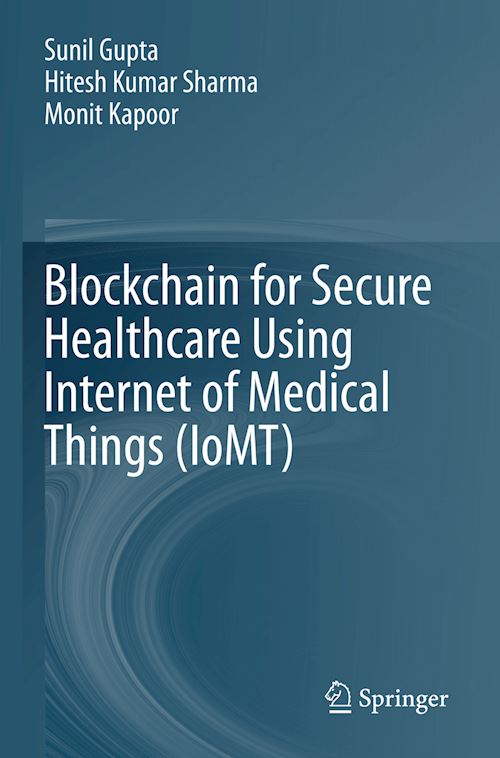Dr Sunil Gupta has over more than 19 Years of experience in teaching, research and industry in the field of Computer science and Engineering. Prior to joining UPES as a Professor, he has worked with, BML Munjal University, Delhi Technical Campus, IP University, Northern India Engineering College, IP University, IIMT, Baddi University of Emerging Science, IFTM University. He has conducted various workshops, conferences and FDP. He Guides various students for research and project work. He is an authored many research papers, Six Patents and Two textbooks, namely Cryptography and Network Security and Wireless Sensor Networks. His academic interest includes Security, Cloud Computing, Big Data, Sensor, Wireless Networks, and Healthcare. He has been regularly invited as a technical expert in different committees by both private and government organizations. As an Expert for Recruiting faculty by different colleges affiliated to GGSIPU. Nominated in JAC (Joint Assessment Committee) as a Technical Expert by GGSIPU to Evaluate the functioning of various colleges (both Govt. and Private) affiliated to it. He is a Reviewer of International Journal namely Journal of Supercomputing, published by Springer Netherlands., International Journal of Wireless Networks by Springer, International Journal Computer and Electrical Engineering, Singapore.
Dr Hitesh Kumar Sharma is working as Senior Associate Professor at School of Computer Science, University of Petroleum and Energy Studies, Dehradun, Uttarakhand, India. He did his Ph.D. in Database Performance Tuning in 2016. He has completed his M.Tech. in 2009. Currently he is also working in Machine Learning, Deep Learning, Image Processing and IoT with Blockchain. He has authored more than 60 research articles in the journal and conferences of repute nationally and internationally. Dr. Sharma have authored 04 books and 30+-book chapter with international publishers like Springer. He is active Guest Editor/Reviewer of various referred International journals. He has delivered various Keynote/Guest speech in India and abroad. He got many certifications in DevOps in last two years. He has also published 20 Patents in his academic career in last few years.
Dr Monit Kapoor is currently serving at Chitkara University, Punjab, India as Dean in Department of Computer Science and Engineering. He has around 25 years of experience out of which 15 years has been in academia and 10 years has been in industry. He has guided 2 PhD scholars in the area of Sensor networks and Flying Ad hoc networks, whose PhD is completed and in addition to this he is currently guiding 4 PhD scholars in the area of Mobile Security, Vehicular Fog Computing and Artificial Intelligence. He has a total of 25 Publications to his credit in reputed journals and conferences. He has filed 5 patents as well. He is a reviewer of many international journals and has been on TPC and acted as session chair in many international conferences of repute. He is part of a working group on Mobile Security Guidelines set up by Ministry of Electronics and IT(MEITY), Government of India. He has been recognized as among top 50 tech savvy academicians in India in year 2020. In his free time, he likes to tune into music, and he loves to travel to far off destinations around the country during breaks












